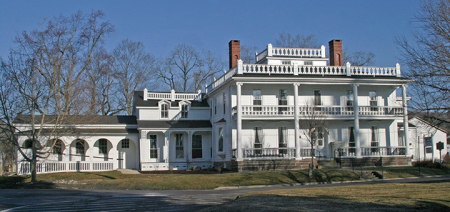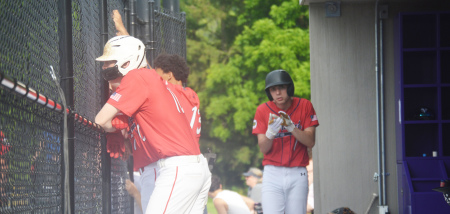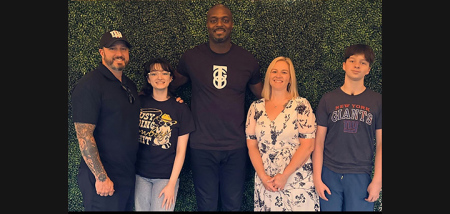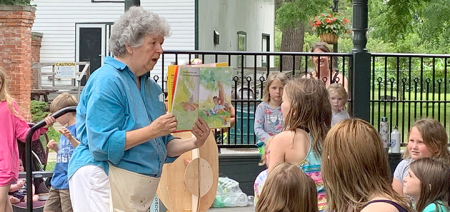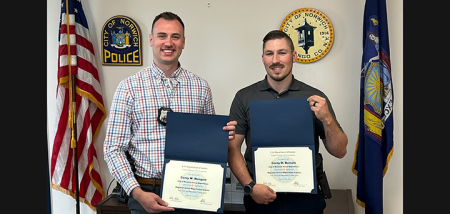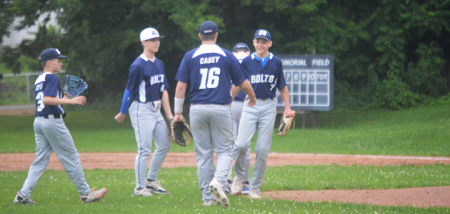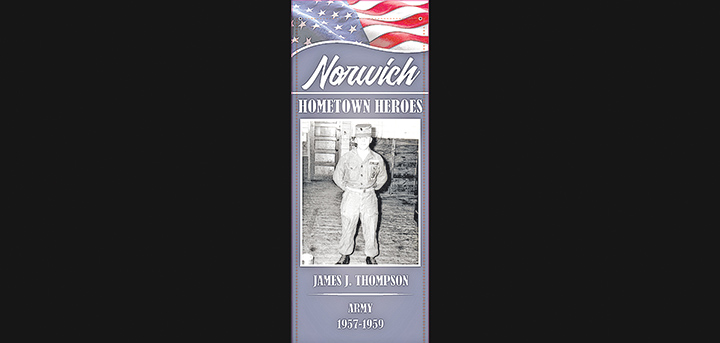It Takes A Creative Solution
Published:
April 25th, 2013
By:
Shawn Magrath

When I was in grade school, my sixth grade science teacher assigned the task to create a monster. Our class had been learning about genetics, using Punnett squares and exploring the realm of dominant and recessive genetics. The goal, if I remember correctly, was to create a monster of our imagination but defend the traits given to our monster using what we learned about genetics.
My monster was made from a coconut, with Mr. Potato Head feet, thick cotton eyebrows, and round paper eyes (named Earl for no other reason than because he looked like an Earl).
It was a good assignment, one that called for the integration of knowledge and creativity. But it was the kind of assignment that, over the years, has become stifled by education reform focused more on the regurgitation of facts than on creative problem-solving.
The attempt to boost student achievement through high-stakes testing in the last decade has indeed brought on inadvertent, albeit unavoidable consequences. The Atlanta City School District, for example, is now spending millions on remediation programs to help kids who have fallen behind academically – the result of an alleged effort of 35 district educators, including the superintendent, to change students’ test scores and inflate student performance, presumably in order for the district to reach federal standards and secure funding.
Point being, this push to meet federal standards has forced other educational ideals like creativity to the back burner, and the U.S. is dealing with the effects as our country lags behind in innovation and new ideas.
In this area, we’re fortunate to have schools with existing music and arts programs that are still thriving. And the teachers who integrate common core standards into these programs do so beautifully. Even so, the same sense of creativity and abstract thinking that’s encouraged in art class is commonly overlooked in the regular classroom, even while the demand for creative thinking has grown in the business world.
Last spring, I attended a seminar sponsored by the Chenango County Council of the Arts and Americans for the Arts. The featured speaker emphasized the benefits of creativity in industry, giving notice to a growing demand among big corporations for employees with a unique, outside-the-box way of thinking.
So, if creativity is being hampered in education, yet at the same time, the call for creativity in the 21st century workforce has proliferated, what’s to be done in our education system to accommodate? Do we carry on the teach-to-the-test model or attempt to overhaul education once again? According to a recent story published by NPR News, some educational researchers are suggesting somewhat of a compromise: incorporate questions that test students’ creative ability into standard testing.
Admittedly, I’m not entirely on board with the concept of standardized creative testing, simply because it seems unreasonable to me to quantify creativity. But that’s not to say the notion does not have any merit. After all, if creativity is in greater demand in eduction, society, and industry, shouldn’t schools measure the creative process to improve?
Regardless of what lies ahead for the future of creativity in education, or the impact the new Common Core curriculum has on creative thinking, it’s obvious that the educational methods of skill and drill to pass the test are outdated, and it’s going to take a creative solution to overcome the challenges of the educational system.
Albert Einstein famously said, “I never made one of my discoveries through the process of rational thinking.”
Follow me on Twitter
...@evesunshawn
Author: Shawn Magrath - More From This Author
Comments

